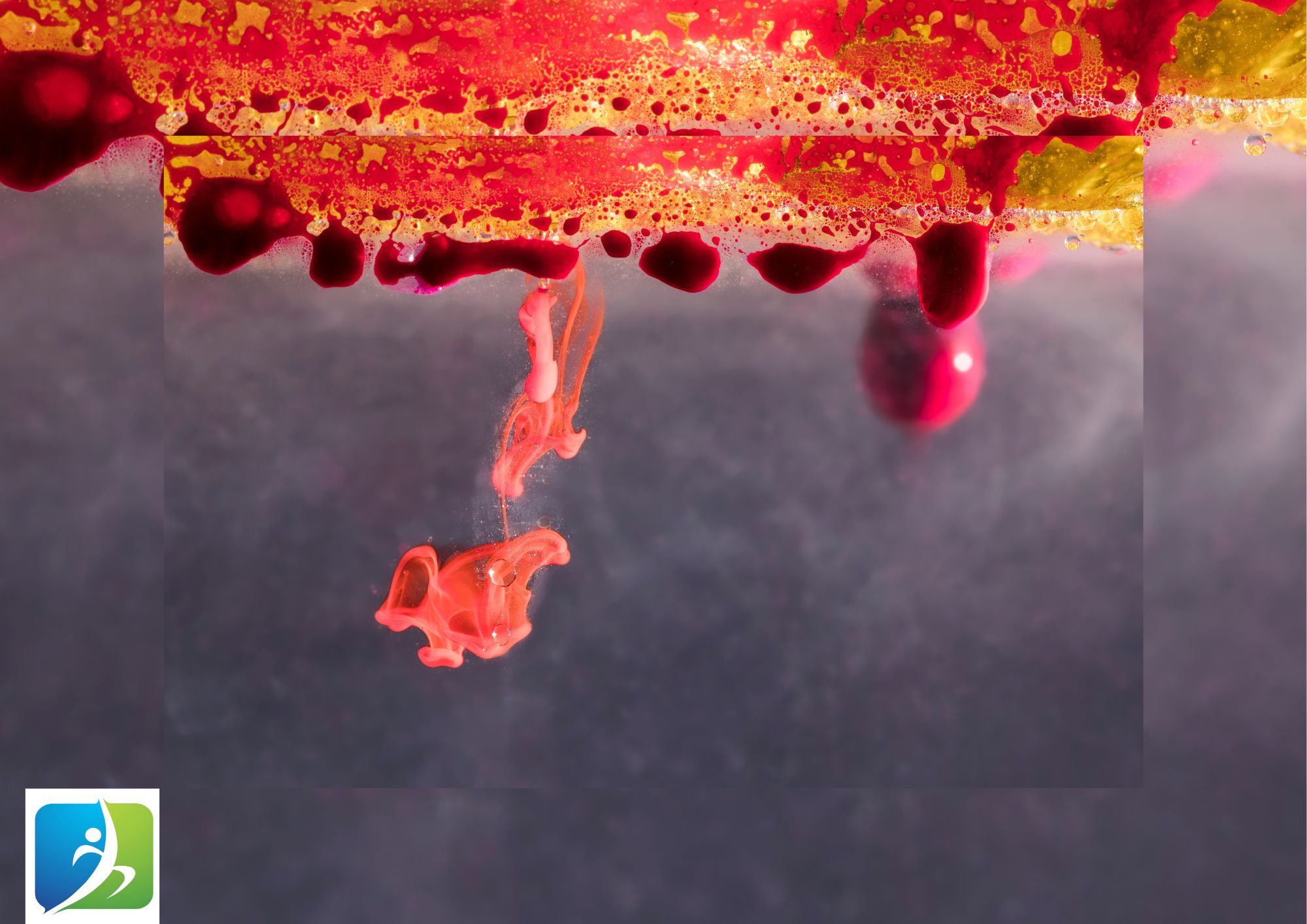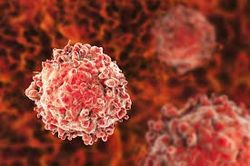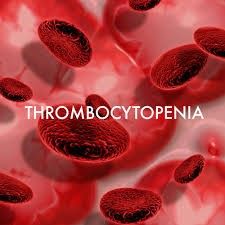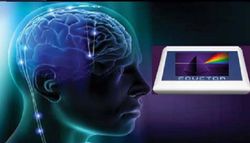
Blood is a vital tissue in the human body that is essential for all systems to work properly. Unfortunately, blood abnormalities and diseases have become widespread health concerns.
According to WHO, around 118.54 million blood donations are made annually in response to various blood illnesses. This emphasizes the importance of developing personalized management strategies such as Quantum Medicine Bioresonance for the treatment of blood disorders.
Quantum Medicine Bioresonance technology was designed to provide a holistic approach to ensuring the health of patients suffering from any of the blood disorders.
Today, we'll talk about how quantum medicine Bioresonance technology can benefit people with blood syndrome and disorder. Before we do, let's take a quick look at a few common blood problems.
Blood disorders and syndromes comprise an extensive array of conditions that have the potential to disrupt the normal operation of the circulatory system, thereby presenting obstacles to an individual's holistic health. Before exploring the distinctive approach of quantum medicine in syndrome management, it is crucial to examine several prevalent blood disorders and their conventional therapeutic approaches.

Anemia is a blood health disease marked by a lack of healthy blood or a low hemoglobin level. As a result, the blood is unable to transport vital elements like oxygen. Anemia can be classified into several forms, the most prevalent of which is iron deficiency anemia. Anemia, if not adequately managed, can be fatal.
Certain individuals are born with anemia as a result of a hemoglobin structure-related genetic mutation. Inadequate nutrition is another cause of iron deficiency anemia. Fatigue is a prevalent manifestation frequently attributed to anemia. In this situation, the individual is too exhausted to perform his usual activities. Other symptoms consist of:
The initial step after being diagnosed with anemia is for the physician to discover the cause of the condition. If the anemia is caused by iron deficiency, the doctor may propose a dietary adjustment. However, if the anemia is more severe, drugs that increase red blood cell production may be recommended. In severe circumstances, stem cell transplantation may be performed.

Hemophilia is an uncommon condition in which the blood fails to clot normally due to a lack of blood-clotting protein synthesis. It is characterized by profuse bleeding, even from minor cuts or injuries.
Since anemia can be acquired or inherited, genetics constitutes a significant risk factor in its development. Regardless, the disorder is distinguished by the absence of coagulation factors in the blood. Symptoms consist of:
The main treatment for this blood disorder is replacement therapy. This entails the replacement of missing clotting factors in the affected individual. This treatment can be obtained from donated blood.

Leukemia, often known as blood cancer, is characterized by abnormal cell proliferation. This malignancy also targets blood-forming tissues, specifically bone marrow. There are three kinds of leukemia: acute lymphoblastic anemia, chronic lymphoblastic anemia, and acute myeloid anemia.
Leukemia arises from genetic mutations or coding errors in the DNA. Due to the modification of the DNA (instruction code) caused by this coding error, cells continue to proliferate and grow when they ought to perish. Depending on the subtype of leukemia, the following are typical manifestations:
The therapy of the disease is determined by the kind of leukemia, age, and overall health of the individual. Chemotherapy is the most commonly used treatment for leukemia. This includes using chemicals to prevent mutant cells from multiplying. Immunotherapy and targeted therapy are two more treatment options.

Thrombocytopenia is a condition where an individual's platelet count is low. Platelets are blood components that help to coagulate and prevent excessive bleeding from cuts or traumas. It is a common blood condition that can be inherited, but it is usually acquired.
Compared to hemophilia, thrombocytopenia is less hereditary. However, genetics may increase the likelihood of acquiring the condition. Thrombocytopenia can be caused by a variety of diseases and drugs. Factors that can cause thrombocytopenia are:
Thrombocytopenia signs and Symptoms include:
Thrombocytopenia caused by underlying disease can be treated by addressing the condition. Other treatments might involve platelet transfusion, surgery, medications, and plasma exchange.

Quantum medicine bioresonance technology provides a transformational and distinct lens for treating blood problems. Unlike traditional treatments, quantum medicine examines the underlying reason and energy blueprint of the human system, taking into account each individual element in the body. Quantum medicine bioresonance's unique approach to controlling blood problems includes the following:
The underlying principle of quantum medicine is that every cell within the human body emanates a cyclical pattern of vibrational energies. When blood disorders are present, the technology can identify aberrant frequency production by impaired cells. The objective of quantum medicine is to discern the underlying cause of imbalances, optimize energy production, and reinstate the body to its intrinsic state of equilibrium.
One of the defining characteristics of quantum medicine bioresonance technology is personalized medicine. The objective of the technology is to deliver individualized treatment for every frequency profile. This implies that bioresonance technology utilizes frequencies that resonate with the unique energy field of each individual, as opposed to employing a singular approach, thereby enabling a more nuanced therapeutic approach for blood disorders.
The exchange of information between blood-producing cells is how quantum medicine technology improves cellular communication. This is essential for blood components because it facilitates the coordination of their cellular functions and inherent healing capability, thereby preventing the development of severe blood disorders in the future.
Bioresonance technology utilized in quantum medicine approaches body healing holistically, recognizing that energy imbalances in a single component can have detrimental consequences across the entire body. This indicates that the technology treats the underlying frequency imbalances that give rise to blood disorders, in addition to their symptoms. This maintains a dynamic equilibrium within the physiological system of the organism.
While quantum medicine offers a unique approach to ensuring good health, it doesn’t advocate as a replacement for conventional treatment. It rather complements the existing conventional approaches to blood disorders. The synergy between the two forms of treatment enhances a comprehensive and patient-centered model of healthcare.
The Alpha Heal Device, developed by Anywhere Healing, is an innovative therapeutic device intended to provide remedies for blood disorders. By utilizing the capabilities of bioresonance, this device identifies and rectifies irregularities in the blood's frequency profiles.
The Alpha Heal device facilitates individualized healing through the emission of frequencies that harmonize with and reinstate equilibrium for treating the circulatory system of the user. The Alpha Heal Device, intended for blood disorders, is additionally engineered to incorporate established healthcare protocols. This indicates that while the device operates independently, it serves as a supplementary tool to conventional therapies, facilitating the precise control of blood disorders.
Quantum medicine bioresonance technology emerges as a beacon of hope, providing a novel approach to addressing blood diseases and syndromes. This technique of treatment, based on energetic resonance and holistic healing frequencies, has the potential to alter healthcare. While conventional treatment is still important, quantum medical techniques pave the way for a more comprehensive and patient-centered healthcare solution by including tailored treatment, cellular communication, and holistic wellness integration.